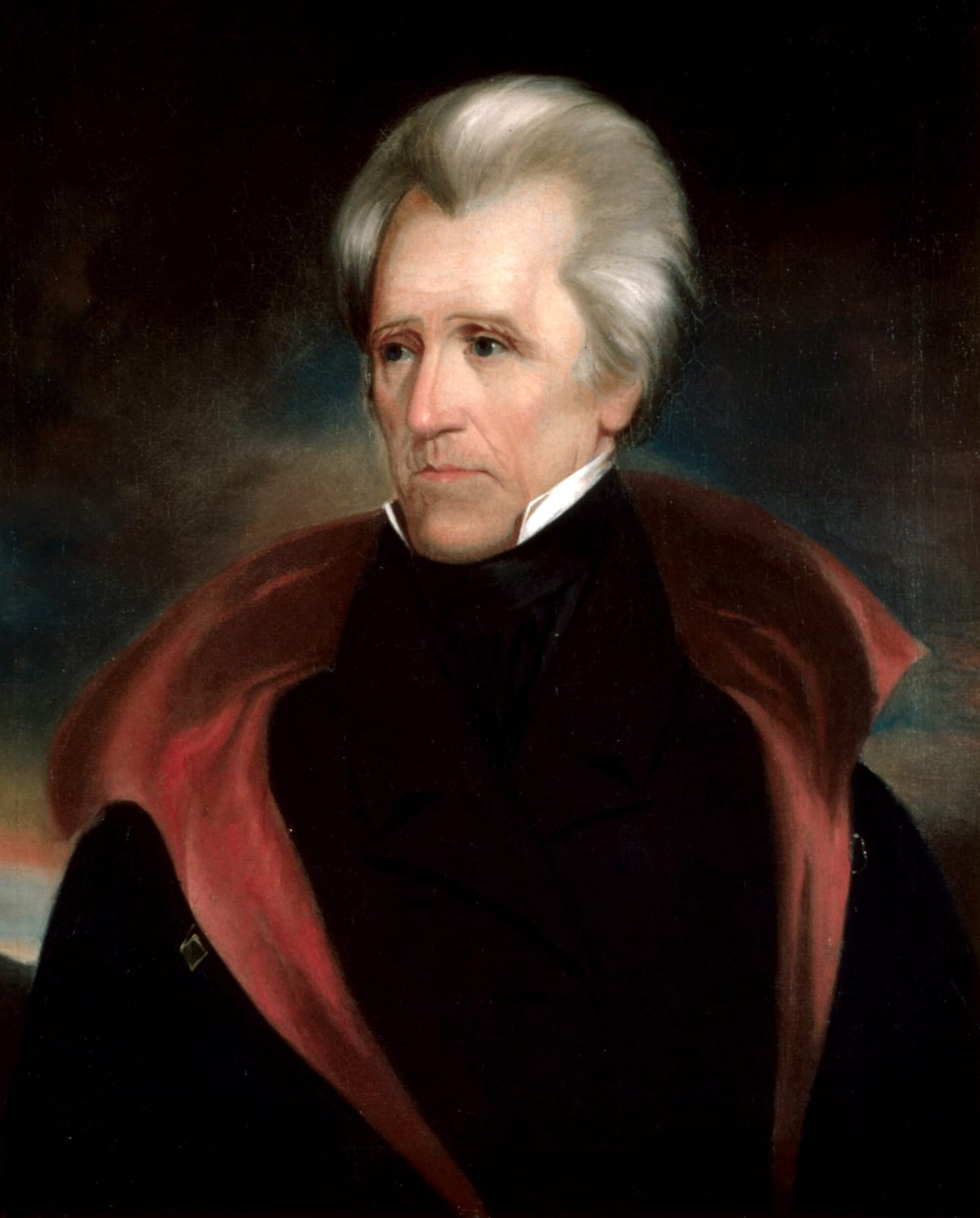Some days in history are just regular old days, and then there’s December 28—a day packed with moments that could fill Netflix dramas, high school history books, and scifi conspiracies alike. From Galileo eyeing Neptune (but, like, not realizing what he was looking at) to Cuban rebels rewriting the script of their nation’s future, here’s the inside scoop on the wild and weird events that make this day extraordinary.
1065: The Consecration of Westminster Abbey (a.k.a. Medieval Murphy’s Law)
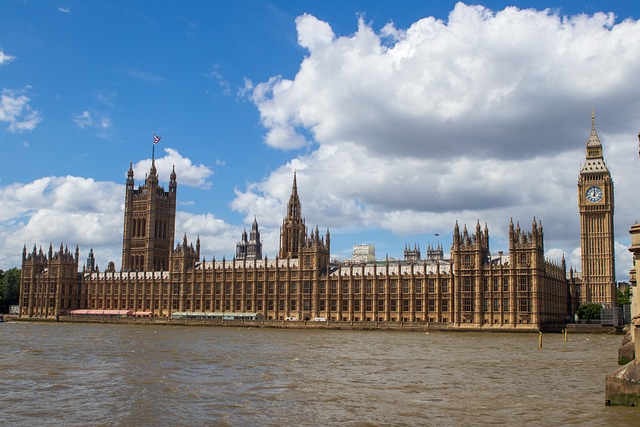
Imagine commissioning one of the most iconic landmarks in the world and then being too sick to attend its grand opening. That’s exactly what happened to Edward the Confessor, the guy behind Westminster Abbey. On December 28, 1065, the abbey was consecrated with all the medieval pomp you’d expect—candles, Latin prayers, the whole nine yards—but Edward was M.I.A., bedridden with a mysterious illness.
And here’s the kicker: just days later, he dies, leaving England in absolute chaos. With no clear successor, the power vacuum sets the stage for 1066’s Norman Conquest, which forever changes English history. So, thanks, Edward. Your absentee ribbon cutting turned into one of the most consequential succession crises ever.
1612: Galileo Spots Neptune, But He’s No Astronomical Sherlock

Galileo Galilei—science’s original rockstar—was out there redefining astronomy, but even geniuses have their off days. On December 28, 1612, while casually peering through his telescope, Galileo became the first human to spot Neptune. Did he realize he’d discovered a new planet? Nope. He thought it was a fixed star.
To be fair, Neptune is so far away that it barely looks like it’s moving. Galileo even noted its position changes in his records but shrugged it off. Fastforward 200 years, and astronomers finally connected the dots. Poor Galileo: first he gets excommunicated, and now this.
1832: The Drama King of American Politics, John C. Calhoun, Resigns
If 19thcentury U.S. politics were a reality TV show, John C. Calhoun would be the messy protagonist. On December 28, 1832, he became the first Vice President of the United States to resign. Why? Because he was mad. Really, really mad.
Calhoun and President Andrew Jackson were beefing over tariffs (yes, tariffs—a surprisingly juicy topic back then). Calhoun was so salty about Jackson’s policies that he decided to peace out, paving the way for a decadeslong career as a firebrand defender of Southern interests. His resignation was the political equivalent of flipping the table and storming off.
1836: Spain Finally Lets Mexico Be Mexico
After a brutal war for independence that wrapped up in 1821, Mexico was basically the ex that Spain couldn’t stop texting. It took them 15 more years to officially recognize Mexico as a sovereign nation. Finally, on December 28, 1836, Spain said, “Okay, fine, you’re independent. Happy now?”
This act wasn’t just a diplomatic formality—it marked the end of a drawnout postcolonial breakup. By this point, Mexico had already moved on, started its own government, and was figuring out how to be a country without Spanish oversight.
1846: Iowa Joins the U.S. (Cue the Cornfield Celebration)
Iowa: home to endless cornfields, the first presidential caucus, and, as of December 28, 1846, the 29th state in the Union. But before you roll your eyes at “flyover country,” consider this: Iowa has been a quiet powerhouse ever since, feeding the nation and playing an outsized role in shaping presidential elections.
The state’s admission came amid debates over slavery, expansion, and westward migration. Iowa was a free state, making it part of the growing divide that would eventually lead to the Civil War. So yeah, Iowa’s more than just farms—it’s where history grows, too.
1895: Lumière Brothers Birth Cinema—and People Freak Out
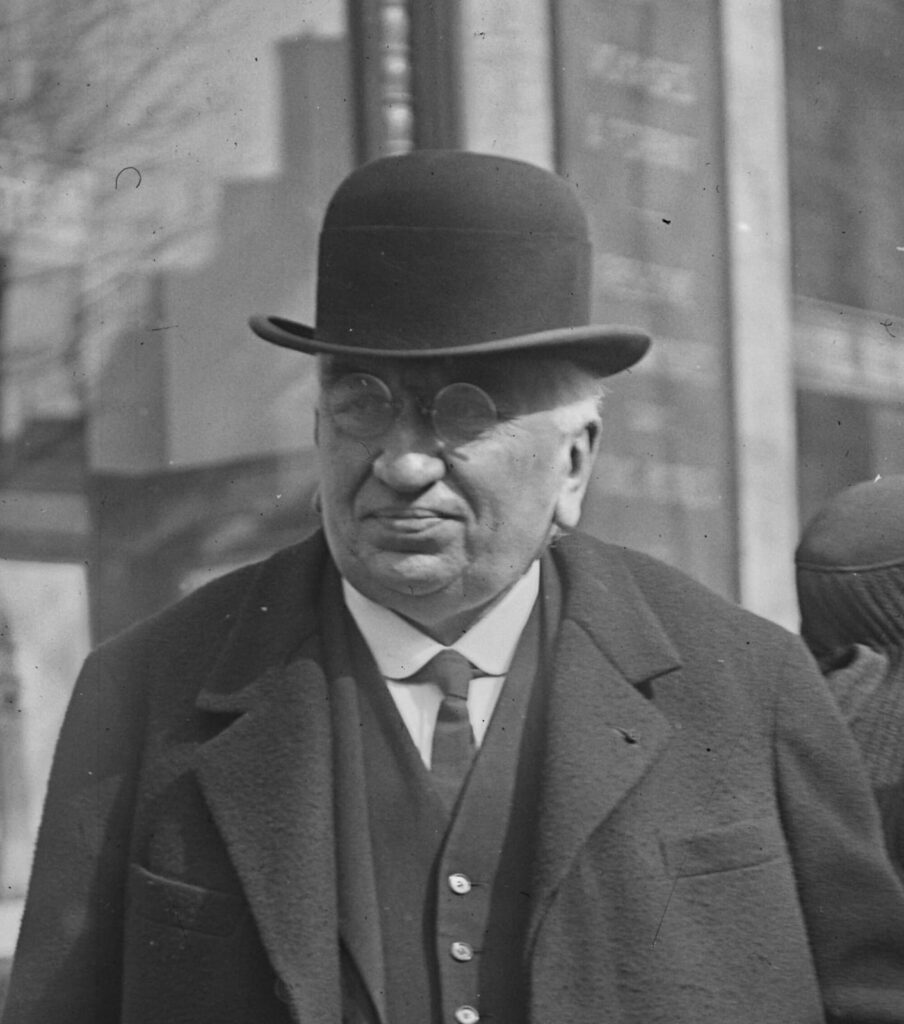
Imagine sitting in a café, minding your own business, when two French brothers show up with a projector and change the entertainment game forever. That’s what happened on December 28, 1895, when the Lumière brothers held the firstever public screening of a motion picture at the Grand Café in Paris.
Their film? A short clip of workers leaving a factory. Riveting stuff, right? But audiences were mesmerized. Urban legend says one of their later films, showing a train pulling into a station, caused people to scream and run out of the room, thinking the train would bust through the screen. And just like that, Hollywood’s great grandparents were born.
1895: Röntgen and X-rays, a.k.a. Medical Science’s Glow up
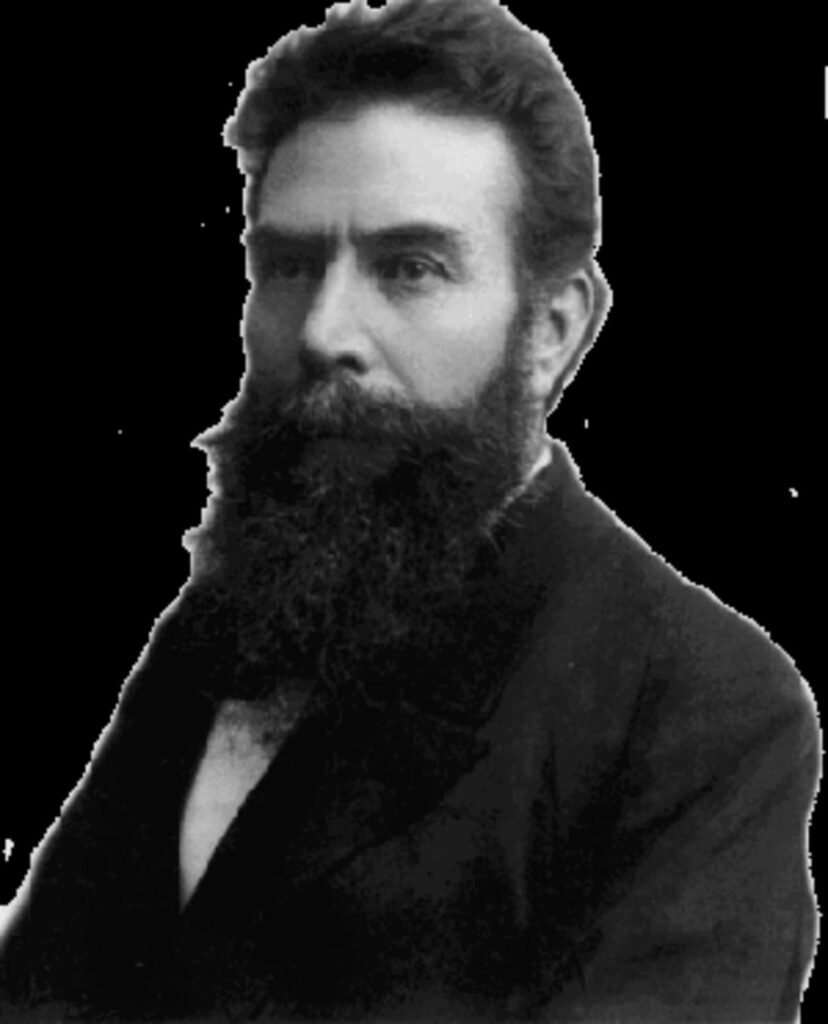
Meanwhile, in a completely unrelated corner of the world, Wilhelm Röntgen was busy revolutionizing medicine. On the same day the Lumières premiered their movie, Röntgen published a paper detailing his discovery of X-rays.
This wasn’t just groundbreaking—it was almost magical. Doctors could now see inside the human body without cutting it open. Skeptical? He included an Xray image of his wife’s hand, complete with her wedding ring, to prove it worked. Within a year, Xrays were being used in hospitals worldwide, and Röntgen became a household name.
1908: The Messina Earthquake Wreaks Havoc
Disaster struck Italy on December 28, 1908, when a massive earthquake leveled Messina and nearby cities, killing over 75,000 people. With a magnitude of 7.1, it’s still considered one of the deadliest quakes in European history.
If that wasn’t bad enough, a tsunami followed, wiping out coastal villages and leaving survivors with nowhere to go. Relief efforts were slow, and the tragedy exposed the lack of preparedness in the region. But Messina rebuilt itself over the years, rising from the rubble like the phoenix of southern Italy.
1912: San Francisco’s Streetcars Get a Civic Upgrade

Public transit nerds, rejoice! On December 28, 1912, San Francisco became the first city in the U.S. to launch municipally owned streetcars. Before this, private companies ran the show, and let’s just say their priorities didn’t always align with public interest.
The city’s move to take control of its transit system was groundbreaking and laid the foundation for modern public transportation policies. Today, San Francisco’s streetcars are as much a tourist attraction as they are a vital part of the city’s infrastructure.
1919: The Mysterious Case of Major Edwin Armstrong
Here’s a historical headscratcher for you: On December 28, 1919, reports emerged about the mysterious death of Major Edwin Armstrong, a pioneering aviator in Britain’s Royal Flying Corps. According to eyewitnesses, Armstrong intentionally crashed his plane, allegedly to protest the government’s aviation policies.
While some historians view this as an early example of political martyrdom, others argue it was an accident dressed up as a statement. Either way, Armstrong’s death remains a haunting chapter in the history of aviation.
1928: A Message in a Bottle—and a Time Travel Theory?
Okay, this one’s wild. On December 28, 1928, a bottle washed up on Bermuda’s shores containing a note dated 1780. The writer claimed to be a shipwreck survivor stranded on a nearby island who also happened to be…a time traveler.
The letter described technologies that didn’t exist in the 18th century, sparking debate about its authenticity. Some called it an elaborate hoax, while others pointed to it as “proof” of time travel. Regardless, the mystery has fueled countless conspiracy theories and sci fi novels over the years.
1958: Che Guevara and the Cuban Revolutionaries Take Santa Clara
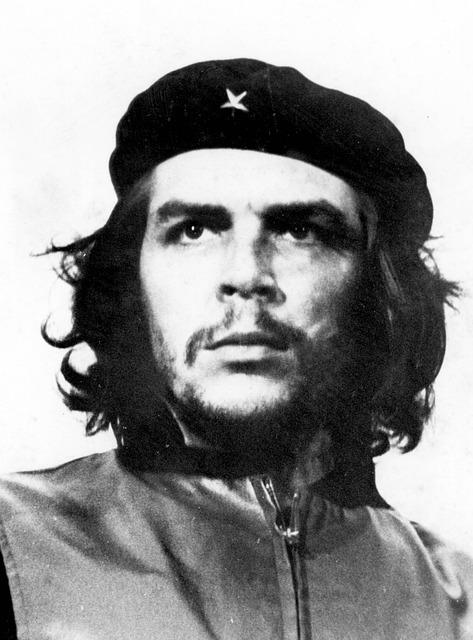
In a moment straight out of a war movie, Che Guevara and his band of rebels captured Santa Clara on December 28, 1958, delivering a fatal blow to Fulgencio Batista’s dictatorship.
This wasn’t just a symbolic victory—it was the turning point of the Cuban Revolution. Within days, Batista fled the country, and Fidel Castro’s forces swept into Havana. Che’s triumph in Santa Clara cemented his status as a revolutionary icon (and, decades later, a Tshirt staple).
1981: America’s First TestTube Baby Is Born
On December 28, 1981, Elizabeth Jordan Carr made history as the first American baby conceived via in vitro fertilization (IVF). Born in Norfolk, Virginia, she represented a new frontier in reproductive science.
While the technology sparked ethical debates at the time, Elizabeth’s birth proved IVF’s potential to help couples struggling with infertility. Today, millions of children worldwide owe their existence to this groundbreaking procedure.
So, there you have it—a day in history that’s as varied as it is fascinating. Whether it’s groundbreaking science, political drama, or the enduring allure of a timetraveling shipwreck survivor, December 28 proves that history is never boring.


